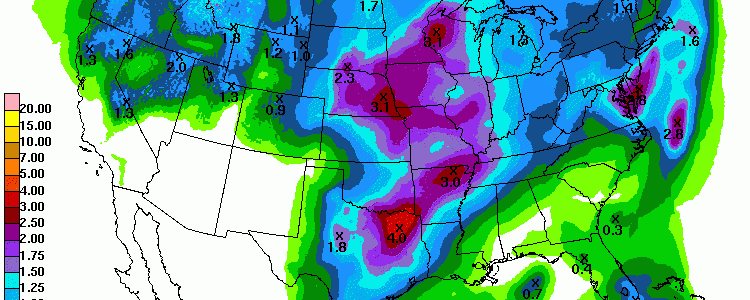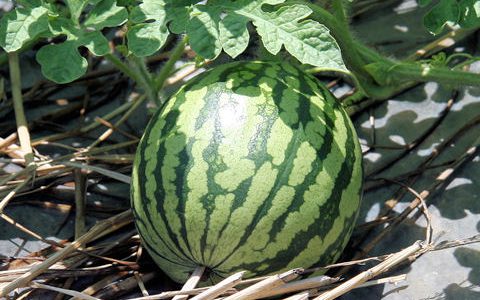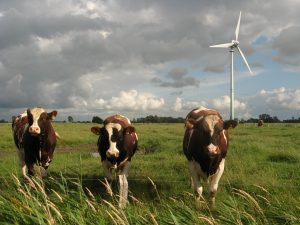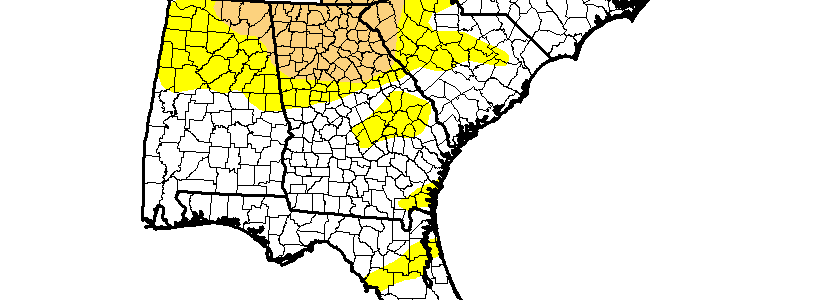-

The latest 7 day QPF forecast shows that for the next week, most of the Southeast should receive less than a quarter inch of rain. The exceptions are southeast Florida and northern North Carolina, which might receive a bit more. Most of the rain will continue to pour over the middle sections of the country,…
Posted in: Climate outlooks -

Today marks the 5 year anniversary of the incredibly deadly Joplin MO tornado. Over 150 people died in that storm alone, and in the outbreak that included it, an unprecedented 1,691 tornadoes claimed 553 lives in all. NOAA has published two documents describing the storm outbreaks. NOAA has put together a photo book of the outbreaks…
-

India has set an all-time record high for any calendar day as extreme heat continues to sear northwest parts of that country and adjacent portions of Pakistan, according to the WunderBlog report here. The high temperature reached 123.8 degrees Fahrenheit (51 degrees Celsius) in Phalodi, India, on Thursday. This topped India’s previous all-time record high for…
Posted in: Climate and Ag in the news -

The Southeast Regional Climate Center has a good source of NWS cooperative weather data linked on their web site at https://sercc.com/nowdatamap. When you click on the link, it provides access to NOAA’s xmACIS data server for the NWS station in the area you clicked on. It’s a menu-driven source of climatological data like daily temperature and…
-

A strong hailstorm in southern Georgia on May 3 caused damage to almost 400 acres of watermelon, according to Growing Georgia today. The hail was hit or miss, with some farmers receiving just light damage and others completely devastated. Lighter damage just punched holes in the watermelon plants, making them more susceptible to pests and…
-

A new study that was published recently in Geophysical Research Letters shows that “Emissions from farms outweigh all other human sources of fine-particulate air pollution in much of the United States, Europe, Russia and China, according to new research. The culprit: fumes from nitrogen-rich fertilizers and animal waste combine in the air with combustion emissions…
-

The new Drought Monitor which came out this morning shows a slight expansion of moderate drought across the Southeast. Most states maintained their status quo, but moderate drought expanded into northeast Alabama and abnormally dry conditions there now cover most of the northern half of the state. A change in the atmospheric circulation pattern over…
Posted in: Drought